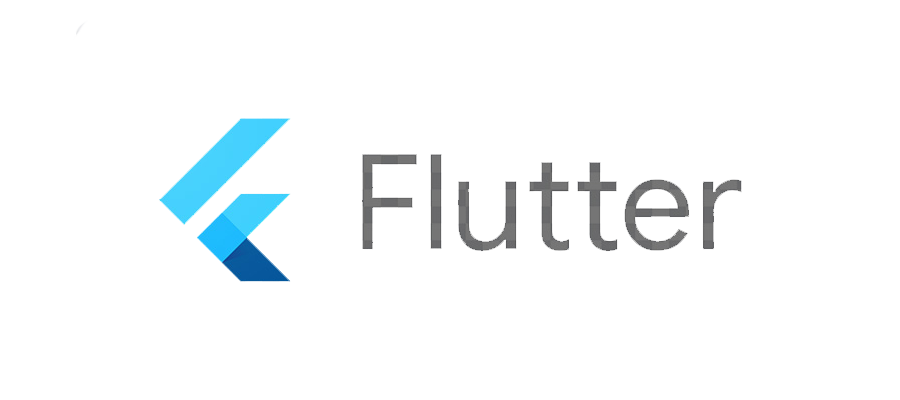Context Management in Flutter without RiverPod
Posted on Mer, 29 Mag, 2024 by
- 4 min read
DEVELOPMENT
FRAMEWORK

Maneuvering the Maze: Context Management in Flutter Without RiverPod
While RiverPod is a popular state management solution in Flutter, some developers may prefer alternative approaches. This article explores various methods for managing context without RiverPod, helping you navigate the complexities of data flow in your Flutter applications.
1. InheritedWidget: Passing Data Down the Widget Tree
- Concept: This technique utilizes the
InheritedWidgetclass to pass data down a widget tree. Any child widget can access the data provided by its closest ancestorInheritedWidget. - Implementation:
- Create an
InheritedWidgetclass that stores the desired context data in a property. - Override the
didChangeDependenciesmethod to notify child widgets when data changes. - Wrap your app's main widget with the
InheritedWidget. - Use the
InheritedWidget.ofstatic method in child widgets to access the context data.
- Create an
Pros:
- Simple to implement for basic needs.
- Familiar for developers with traditional widget hierarchies.
Cons:
- Can lead to complex and deeply nested widget trees for larger applications.
- Difficult to access context data from non-child widgets (e.g., static methods).
2. Provider Package: A Modular Approach
- Concept: The provider package offers a more modular way to manage context. You define providers that hold the data and use them within widgets or other parts of your application.
- Implementation:
- Install the provider package:
pubspec.yaml:dependencies: provider: ^x.x.x - Use the
Providerclass to create a provider holding your context data. - Wrap your app's main widget with
Provider.valueorProvider.ofto make the data accessible. - Inject the provider into widgets using
Provider.ofor consume them with theConsumerwidget.
- Install the provider package:
Pros:
- More modular and scalable than
InheritedWidgetfor larger projects. - Easier to access data from non-child widgets.
Cons:
- Adds an additional dependency to your project.
- Requires slightly more boilerplate code compared to
InheritedWidget.
3. Scoped Model / BLoC Pattern: Centralized State Management
- Concept: Inspired by MVC (Model-View-Controller), the Scoped Model or BLoC (Business Logic Component) pattern utilizes a centralized state container that holds application data and exposes methods to update it.
- Implementation:
- Create a separate class to hold the application state (Model) and logic for updating it (BLoC).
- Use a provider-like approach to make the state container accessible to various parts of your app.
- Widgets can dispatch actions to the BLoC to update state and react to changes using a listener mechanism.
Pros:
- Provides a centralized location for managing complex application state.
- Offers clear separation of concerns between UI and logic.
Cons:
- More complex to set up compared to other options.
- Requires careful design to avoid tight coupling between widgets and the state container.
Choosing the Right Approach
The ideal method for context management depends on your project's specific needs:
- For simple applications with limited context data, InheritedWidget might suffice.
- The provider package offers a good balance between simplicity and scalability for projects of moderate complexity.
- Consider Scoped Model/BLoC for larger applications with complex state management and clear separation of concerns.
Beyond these options, explore alternative solutions like MobX or Redux for even more advanced state management needs.
Remember, the key is to choose a method that keeps your codebase clean, maintainable, and efficient for your specific project requirements. Happy context-managing!